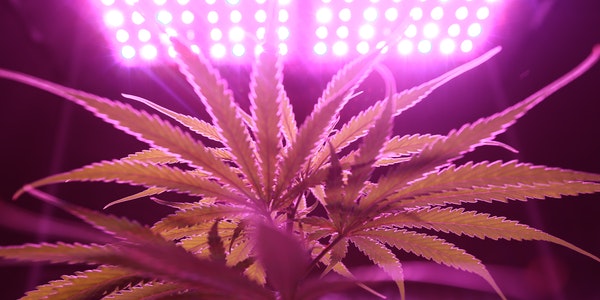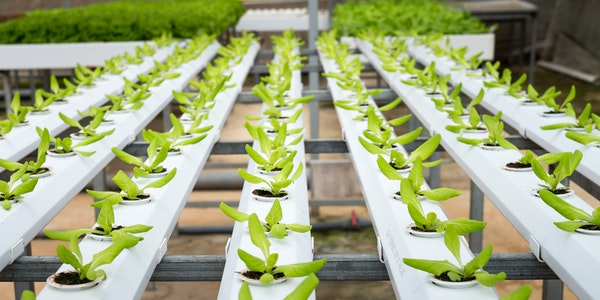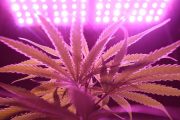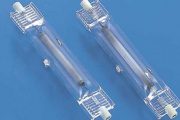How many lumens do plants need to grow??
How much luminous flux does each plant need to grow?
When we grow plants in our own yard, grow tent or large growing facility, whether it is to grow flowers, tomatoes, lettuce or cannabis, we need some necessary conditions. Sufficient water, air and fertilizer are all essential elements for crop growth. Another point is that everything depends on the sun to grow, and proper light will increase crop yields. With all the above elements, your plants will immediately grow healthily.
The cold season is a severe test for the growth of most plants. Low temperature will inhibit the metabolism of crops to a large extent, thereby delaying growth. It is known to us all, the growth of plants is inseparable from sunlight, and sunlight determines the results of plant growth. Therefore, if the plant is planted in a dark room indoor environment, the plants cannot get the best natural light during the day, and the plants will not develop normally and healthy. So how do we solve this problem?
Indoor planting is a very popular solution now, because you can control the growth environment in a timely manner according to the growth status of the crop. If appropriate measures are taken, this procedure can be as effective as the natural growth process. In addition, you don’t have to worry about the problem of light (the indoor environment is without sunlight), because we have an excellent option to replace sunlight to provide light supplementation to plants-grow light.
Plant growth lights provide us with more options besides sunlight. How many lumens does each plant need to grow? Anyway, what is the lumen in a plant?
What is lumen in a plant?
Luminous flux refers to the total amount of visible light emitted by a lamp with a specific power. The value of luminous flux varies according to the distance and height of the plant, the size of the planting area, the type and number of plants, and the type and power of the grow light. In addition, we also clearly know which growth stage the plant is currently in to determine how much supplement light is needed.
In addition, if we decide to continue growing crops indoors (such as strawberries, lettuce or cannabis), we must know the optimal lumens required by each plant. Because determining the exact number of lumens can prevent any damage to your crops. Only in this way, grow lights can provide the best light necessary for the production and growth of plants.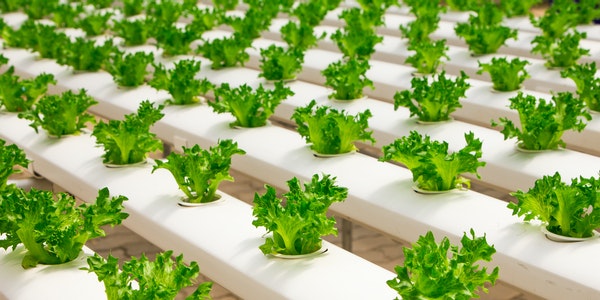
Grow Light: Provide the Right Amount of Luminous Flux
Although grow lights have always been an effective supplemental lighting for growing vegetables and hemp in the inside facility, please note that for some crops, this may not be a good choice. Zucchini, corn, melons, peas, beans, watermelons or cucumbers cannot be grown indoors on a large scale.
However, it is true that some crops are suitable for indoor growth especially in winter. Cauliflower, potatoes, carrots, onions, beets, cannabis, garlic, lettuce, tomatoes, broccoli, spinach and strawberries are all suitable crops for indoor cultivation. So, if we have no choice but to grow indoors and use grow lights to provide supplemental light, then how will you know the correct lumens for each crop?
Usually the unit of measurement we use is lumens/square foot (or lumens per square meter).
We have carried out a lot of experiments and conducted trial grow jointly with many users, and obtained some practical and effective average luminous flux. Many growers’ planting practices have proved that LED lights are the most efficient plant supplement light source today, so our following data are based on LED lights.
- The optimal luminous flux will be 7,200 to 7,600 lumens per square foot (or 79,210 to 83,610 lumens per square meter).
- The minimum luminous flux required by the crop should be about 2,100 lumens per square foot (or 23,100 lumens per square meter).
- The mid-range demand should be no less than 5,100 lumens per square foot (or 56,100 lumens per square meter).
- The vegetative stage refers to the photosynthesis of plants to accumulate energy to promote flowering and reproduction. Plants in this period need about 2200 to 3200 lumens per square foot (or 24,200 to 35,200 lumens per square meter).
- Plants in the flowering period need 5200 to 11,000 lumens per square foot (or 57,200 to 121,000 lumens per square meter).
Cautions:
Different crop types, number of plants, planting distance, size of planting area and growing lights used, the results may still be different. Temperature and air (indoor) are also the main factors affecting plant growth.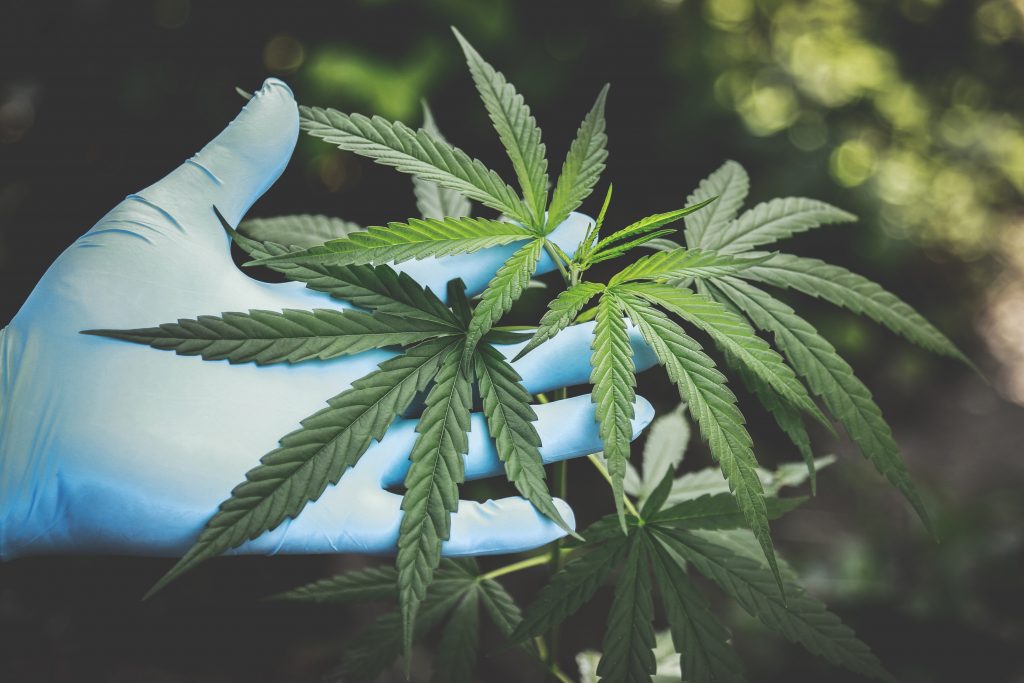
Growing with Artificial Lights
Horticultural technology has made great progress in recent years, and many tools have been very effective in indoor gardening. Artificial Lighting (grow lights) is one of the outstanding innovations beneficial to plant growth. This is a man-made operation, abandoning the harmful ultraviolet rays in natural light, the utilization efficiency of white light is better, so the result is better than natural light. You only need to know the details of the lumens or watts required for each plant.
Of course, nothing is absolutely good. So we cannot think that just with light, crops can grow healthily and bring good harvests. For best results, if you choose this process, there are certain things you should keep in mind.
- The correct color is critical. A suitable spectrum will promote the growth of crops such as hemp, lettuce, strawberry and herb. Sunlight has a complete spectrum, providing a full range of light from ultraviolet to infrared. So all plants can grow healthily and efficiently in the sun. Because of this, full-spectrum LED lights provide the best artificial light source for plants, which can meet the growth needs of most plants.
- Appropriate lighting time. If the light time is not appropriate, the growth of plants will be greatly affected. So we need to confirm how many hours of light the different crops need each day. Some crops such as azaleas, begonias and chrysanthemums require no less than 12 hours of light per day.
In contrast, flowering plants and vegetables usually require 15 to 16 hours of light a day. Coleus, African violets, geraniums and foliage plants need grow light for 8 to 12 hours.
Guide to Choosing a Grow Light
The healthy growth of seedlings is inseparable from sunlight. Generally, there is very little sunlight that can directly enter the window sill, so the vegetable crops grown indoors lack light, so it is difficult for the seedlings to grow healthily unless you start planting them outdoors. At this time, grow light has become an ideal artificial supplementary light source. The manufacturer of the grow light usually provides information about the lumen output and “color temperature” of the light. We need to compare different manufacturers and choose the lamp that suits our needs. It may be helpful to understand the basics of photosynthesis, light and these terms.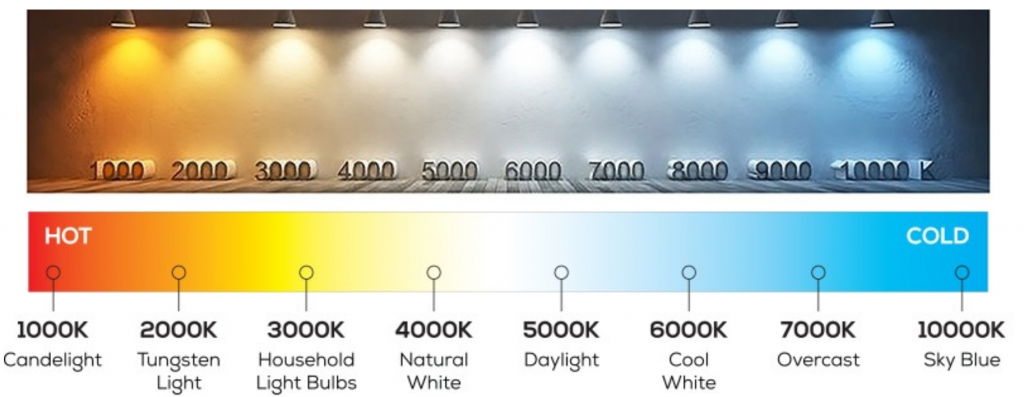
COLOR & COLOR TEMPERATURE
The essence of light is electromagnetic energy, and its energy is related to the wavelength. Light color changes with wavelength, ranging from red, orange, yellow, green, blue, indigo to purple. Red light and blue light are the main light colors for photosynthesis of plants. Correlated color temperature describes the color of light produced by grow light. The unit is Kelvin (K), and the measurement range is between 1,000K (warm color) and 10,000K (cool color).
The color temperature of the growth lamp plays an important role in the growth of plants. Different light colors have different effects on the growth of plants. The nutrient accumulation stage requires more blue light, while the flowering and fruit production stages require more red light. Grow light`s color temperature can help you understand what color the overall output light of the grow light is. Besides color temperature, spectral power distribution graph is also an important reference basis, it shows the quantity of each kind of light. The growth lamp does not produce exactly the same color of light, so the spectral power distribution diagram can provide you with a more detailed color output image, and the color temperature cannot do this.
Many manufacturers claim that their grow lights are “full spectrum” color, which means that the light they emit includes not only blue and/or red light, but also enough green light to make the overall output look more like natural light. The human eye is also receptive to this light and color. Although blue and red light are the most important light colors for plant growth, studies have shown that certain species grow best under full-spectrum light, so choosing full-spectrum light will help.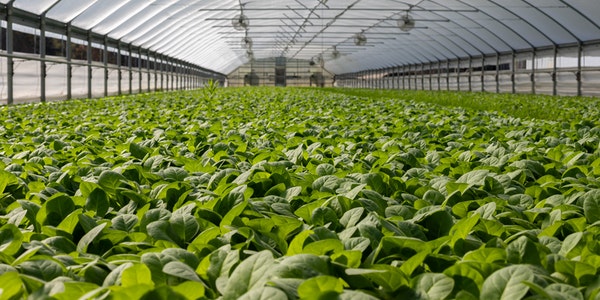
Conclusion
Growing plants indoors may not be the best choice for most people because it requires a large facility. However, if you want to plant it all year round without being affected by the season, you can try to use plant growth lights indoors. In addition, if the local sun is not enough, using grow light to grow indoors is undoubtedly the best choice. But make sure to remember the luminous flux required for healthy growth of each plant.

